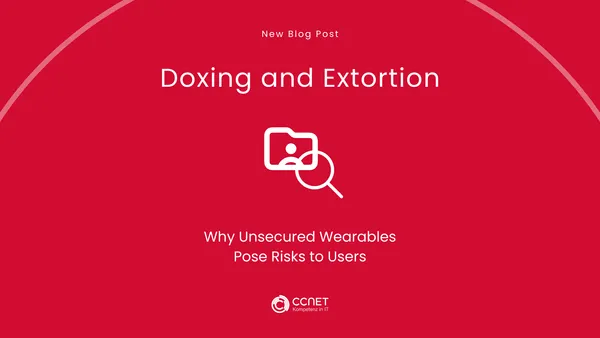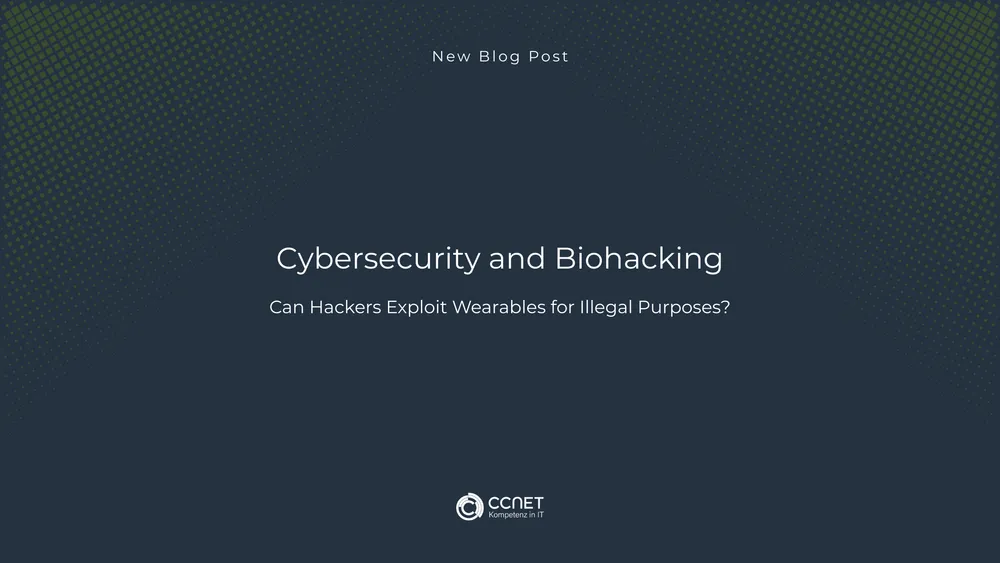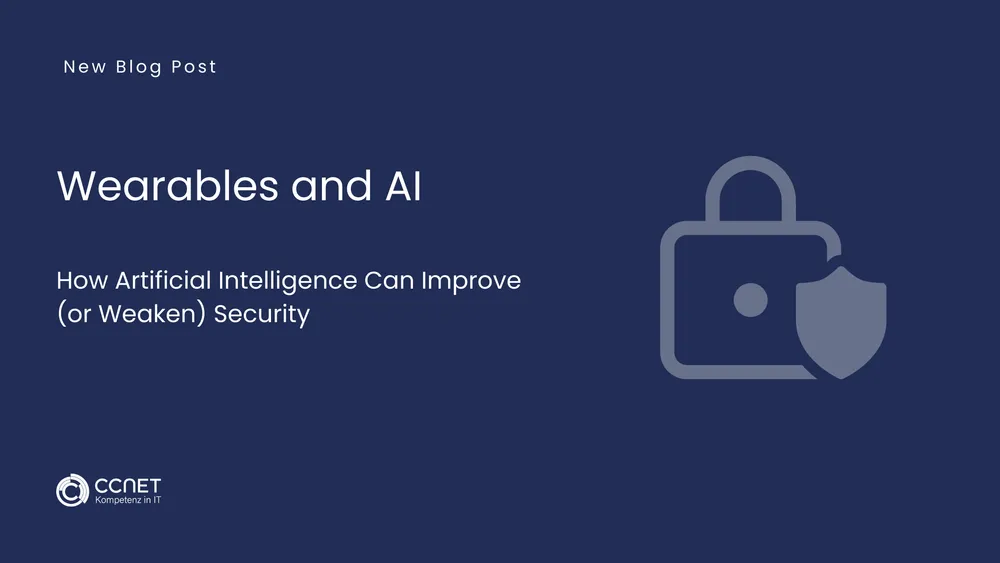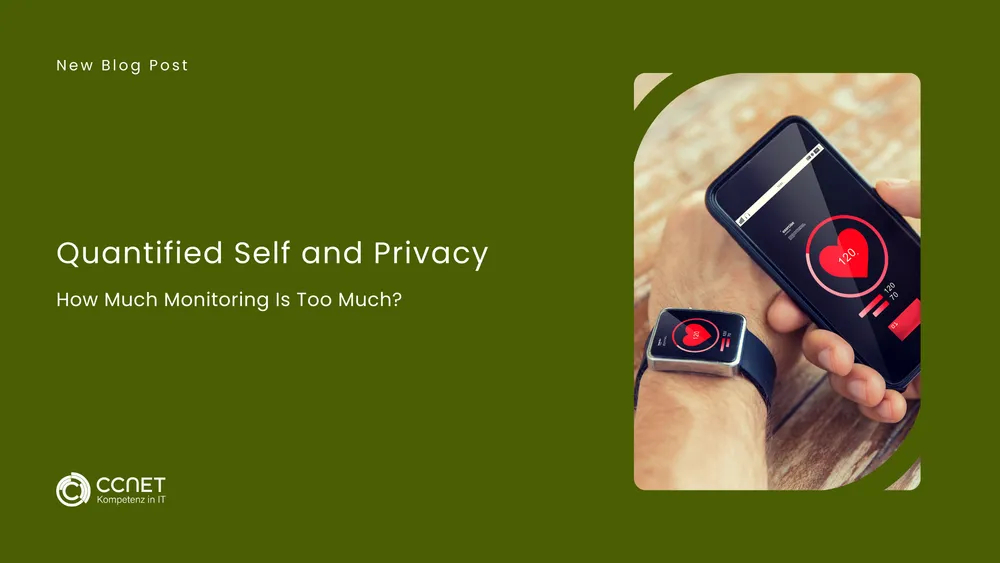
CCNet
Jul 21, 2025 • 2 min read

Doxing and Extortion: Why unsecured Wearables pose risks to users
Wearables collect a wide range of sensitive data, including location information, health metrics, and activity patterns. While these devices simplify daily life and support medical applications, insufficiently protected wearables can become entry points for cybercriminals. One particularly dangerous threat is doxing—the targeted publication or use of private information for extortion or harassment. This article examines why unprotected wearables are risky and which security measures can help.
1. What Is Doxing and Why Is It Dangerous?
Doxing refers to the collection, publication, or misuse of personal information with the intent to publicly shame, harass, or extort individuals. Wearables are especially vulnerable because they gather valuable personal data and often sync it to cloud services. Potential risks include:
- Extortion using sensitive health data: Attackers threaten to publish confidential health information.
- Stalking and surveillance: Location data may be misused to track individuals.
- Identity theft: Personal health data can be used to create false identities or commit fraud.
2. How Do Criminals Access Wearable Data?
Attackers use several methods to gain access to personal data from wearables:
a) Insecure Cloud Storage
Many wearables sync data with cloud services that may be vulnerable to attacks. Poorly secured databases are frequent targets for cybercriminals.
b) Vulnerabilities in Bluetooth and Wi-Fi Connections
Unencrypted transmissions can be intercepted and manipulated. Man-in-the-middle attacks allow hackers to position themselves between the device and server.
c) Insecure Apps and Third-Party Integrations
Unauthorized or poorly secured apps can share data with third parties. Data may be shared with ad networks or insurance companies without user consent.
3. Protective Measures Against Doxing and Extortion
For Users:
- Regularly review settings: Actively manage privacy options in apps and devices.
- Use strong passwords and multi-factor authentication: Secure all accounts properly.
- Be cautious with app permissions: Only grant essential access rights.
- Avoid public networks for wearable synchronization: Steer clear of unencrypted connections.
- Delete unnecessary data regularly: Avoid storing sensitive information longer than needed.
For Manufacturers:
- Implement end-to-end encryption for all data transmissions.
- Develop secure API and cloud interfaces to prevent unauthorized access.
- Provide regular security updates to patch known vulnerabilities.
- Publish transparent privacy policies for users.
4. Conclusion: Privacy as a Core Defense Mechanism
Doxing and extortion via unprotected wearables are real and growing threats. Users need to be aware of the data they share and take appropriate security precautions. At the same time, manufacturers must continuously improve the security of their devices and platforms to prevent unauthorized access to personal information.


